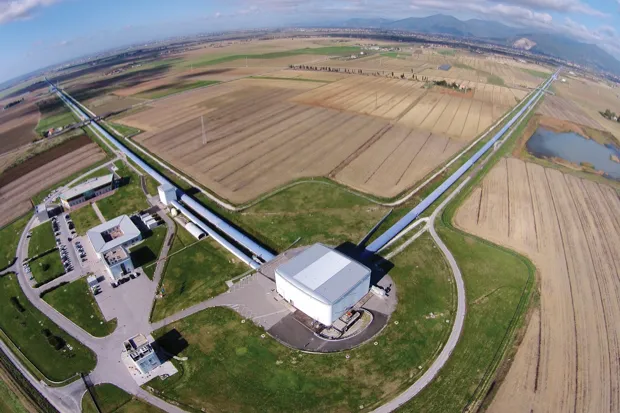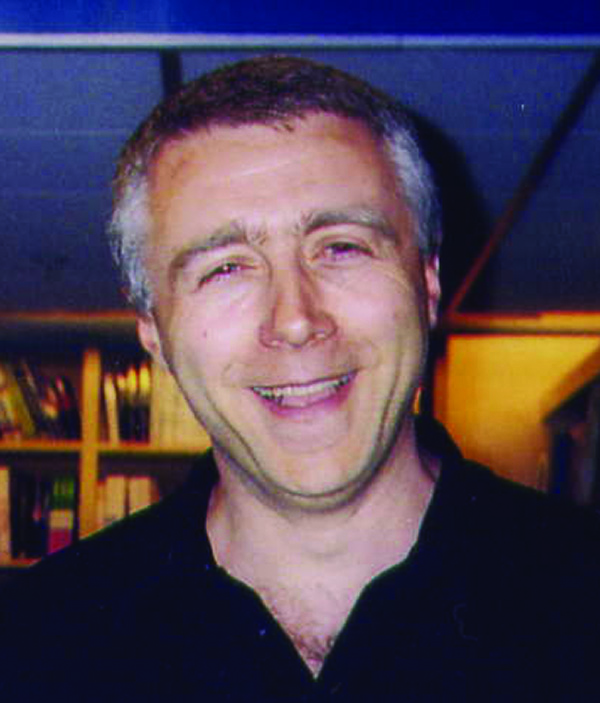Gravitational waves are ripples in the fabric of spacetime, as predicted by Einstein in 1916. So far, researchers have picked up ‘bursts’ from the mergers of black holes or super-dense ‘neutron stars’. But it’s hoped that next year we’ll spot the first ‘continuous’ source from an isolated neutron star or even a burst from
a supernova.
The first signal was detected on 14 September 2015 by the two giant detectors of the Laser Interferometric Gravitational-wave Observatory (LIGO). The short burst came from the merger of two monster black holes 1.3 billion lightyears away, which pumped out 50 times more power than all stars in the Universe combined.

The two American detectors have now been joined by the European Virgo detector and have so far picked up the merger of several binary systems composed of black holes and one composed of neutron stars – Mount Everest-sized relics of supernovae so dense a sugar-cube-sized volume of their material would weigh as much as the whole human race.
Gravitational waves are produced by any acceleration of mass that is not spherically symmetric. Both a black hole merger and a neutron star merger fit the bill. So too does a black hole swallowing a neutron star, another event that may be detected in 2019. But another hope is that we will detect isolated neutron stars in the guise of ‘pulsars’ – fast spinning, radio-wave emitting neutron stars. If they are non-spherical with even a 10-centimetre-high mountain on their surface, they should generate not a burst but a continuous gravitational signal rather like a pure musical note.
“The chances of seeing a pulsar in the coming few years are quite good,” says physicist Prof Ken Strain of the University of Glasgow.
Another aim is to detect a burst of gravitational waves from a supernova in our galaxy. A supernova occurs about once every 30 years in the Milky Way, so we will have to be lucky. Or maybe we’ll pick up gravitational waves from a source never before predicted or even dreamt of.
Next year, the Japanese KAGRA detector will team up with LIGO and Virgo, to be joined by a detector in India by 2025. “I might be optimistically tempted to say that 2025 could bring our 1,000th gravitational-wave signal,” says Strain. It looks set to be a busy few years for physicists like Strain.
Read more 2019 science breakthroughs:
The LIGO experiment

There are two LIGO observatories, which are located 3,002km apart. Each LIGO observatory consists of a laser source, two detector arms – each with a mirror at the end – and a light detector. The laser shines onto a beam splitter and is sent down the detector arms, which each measure precisely 4km in length. At the end of the arms, the light bounces off the mirrors. If light waves fall out of sync due to being affected by gravitational waves, then this will be picked up by the light detector.

Follow Science Focus onTwitter,Facebook, Instagramand Flipboard
